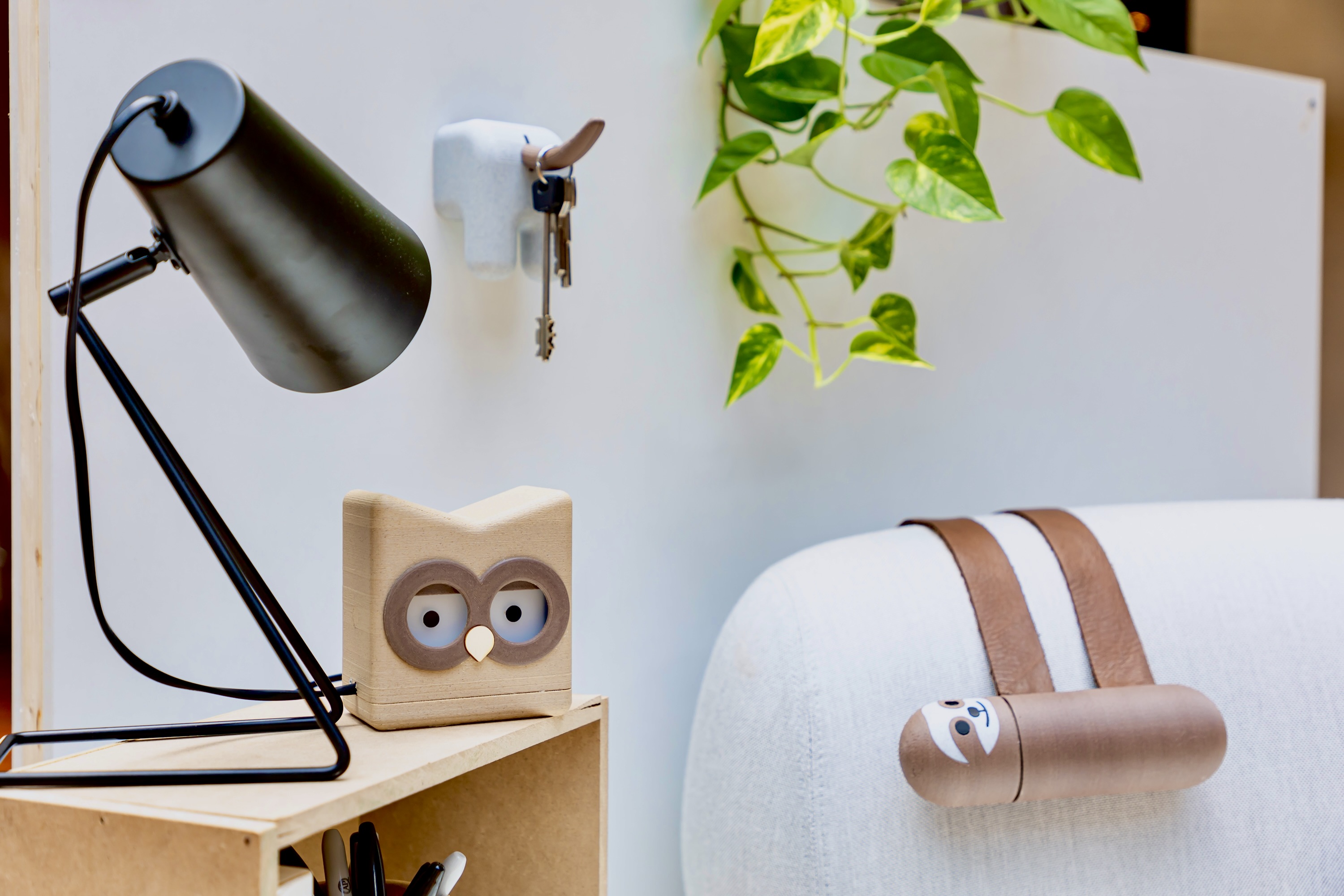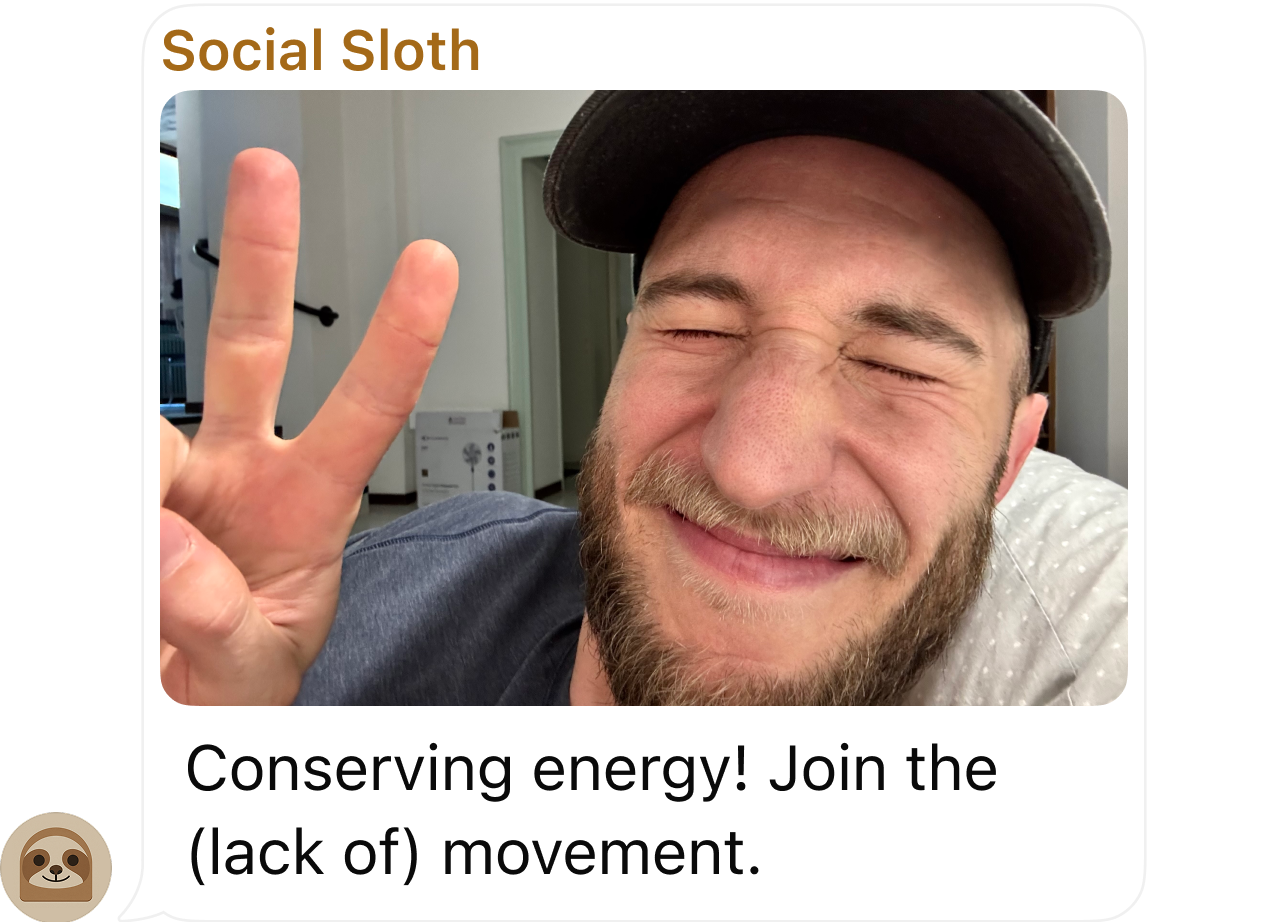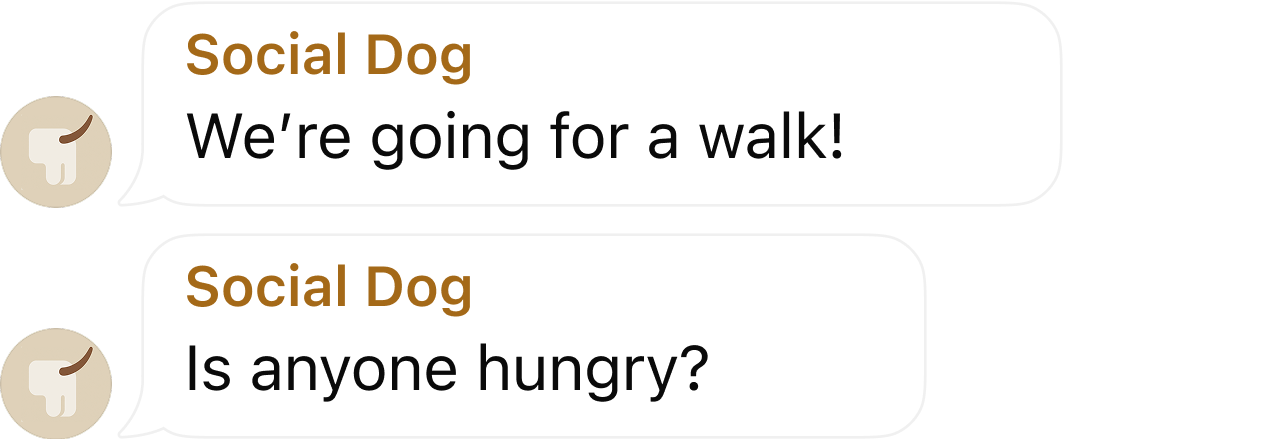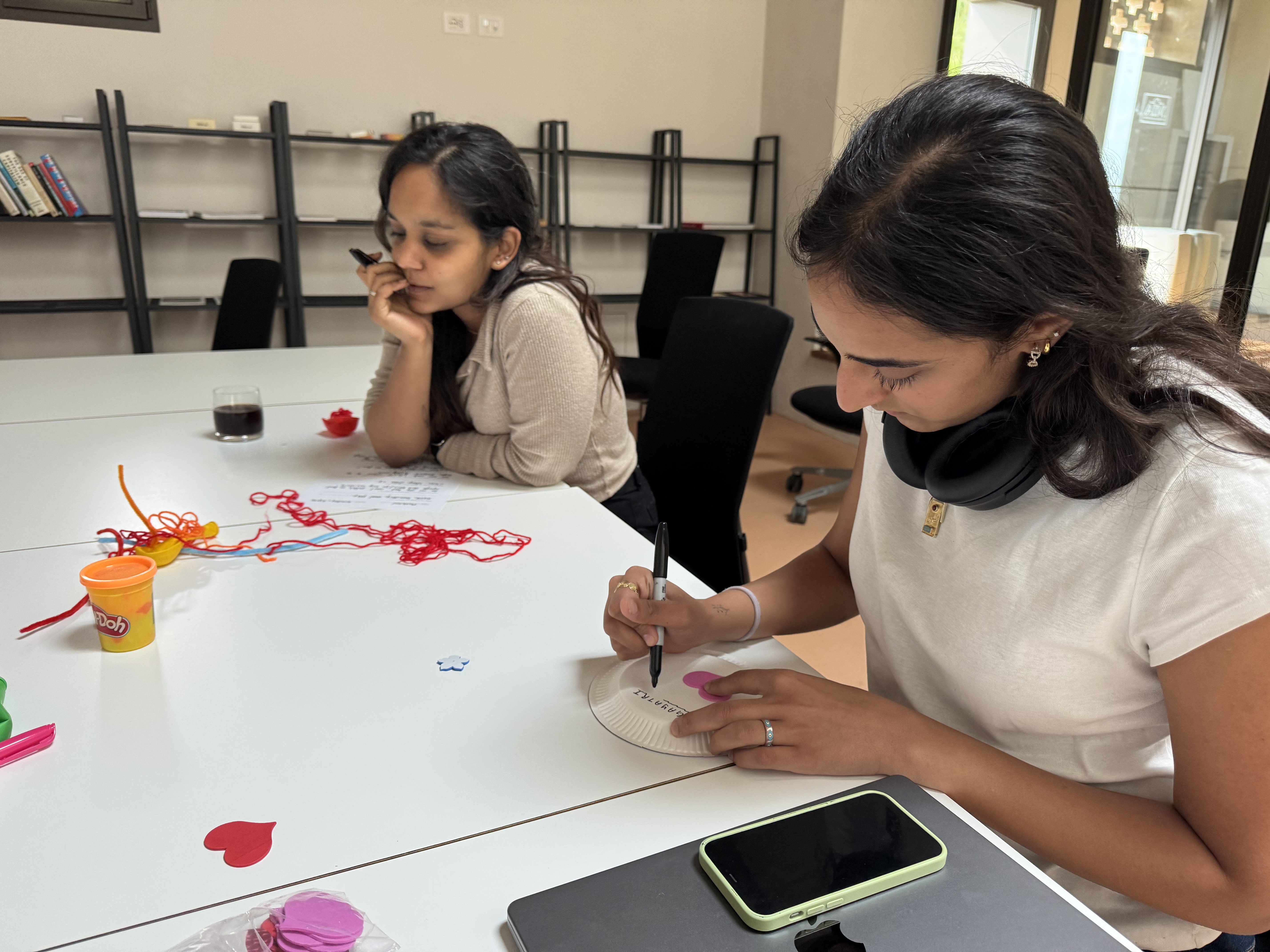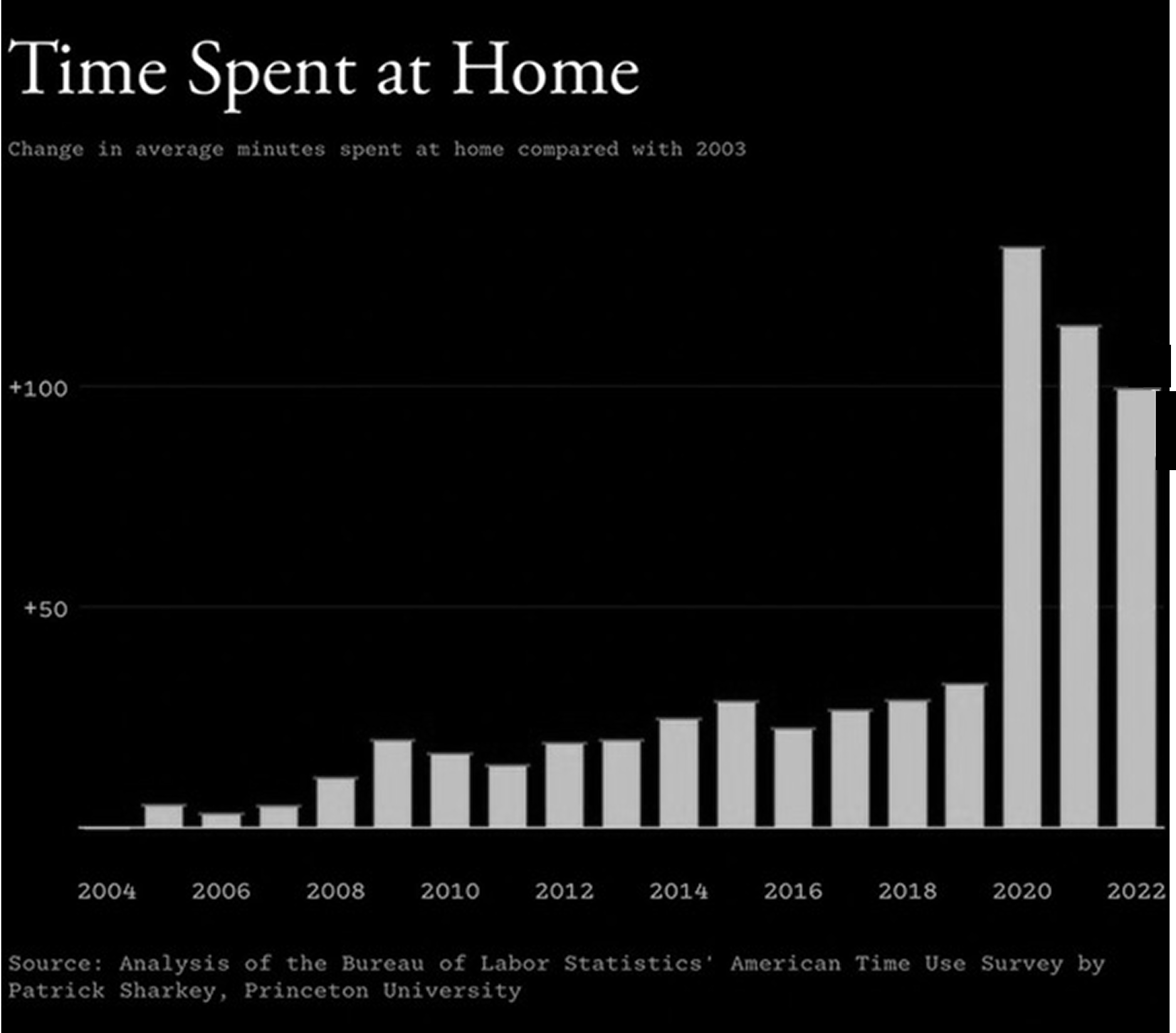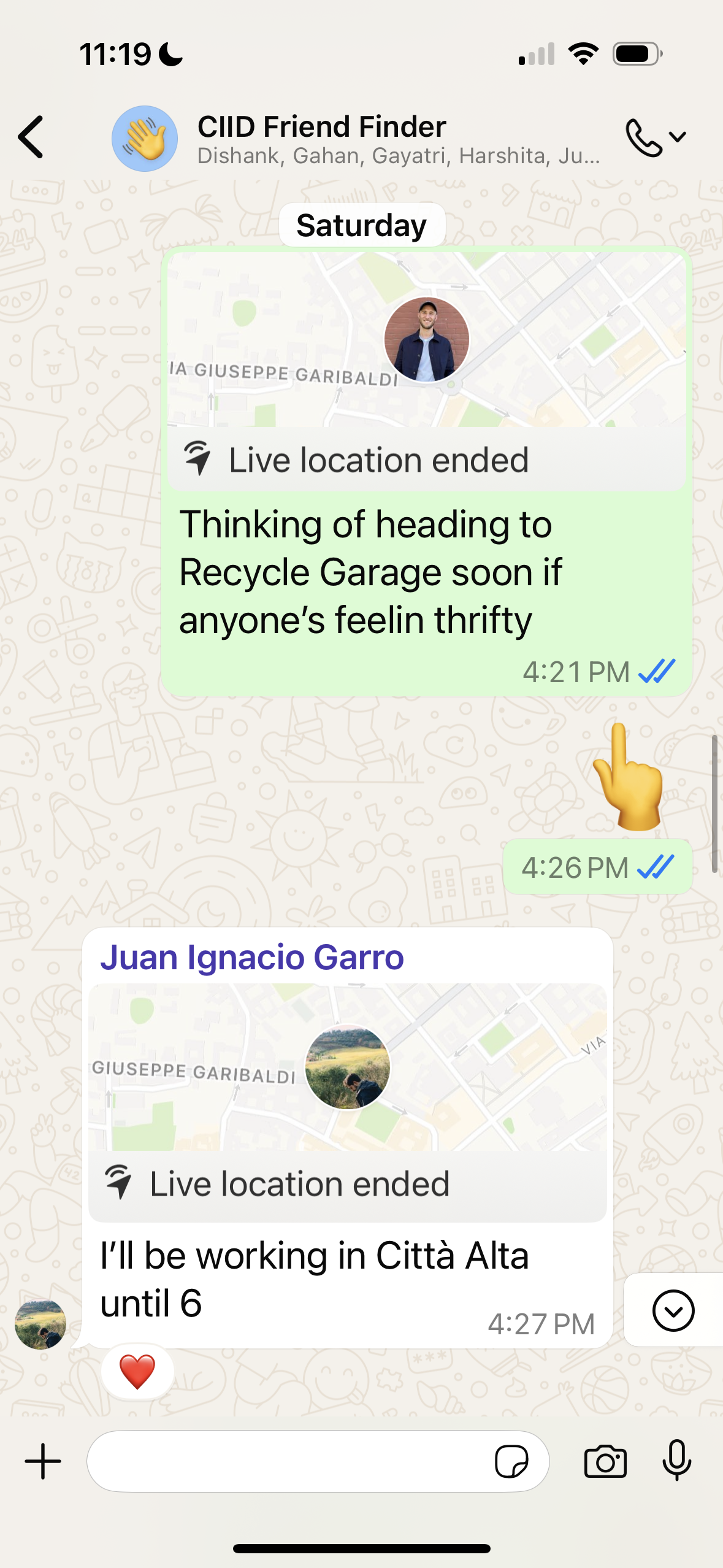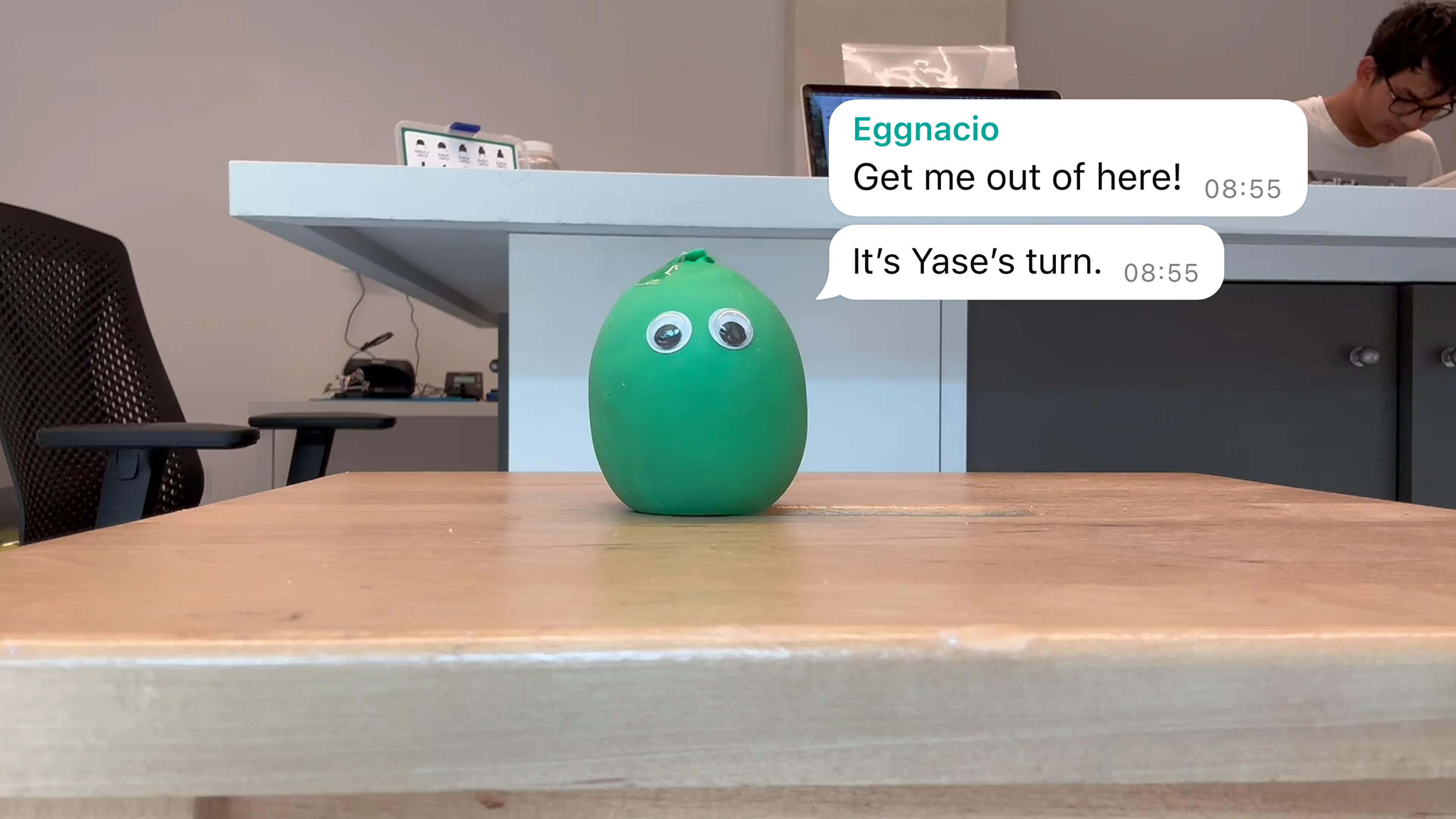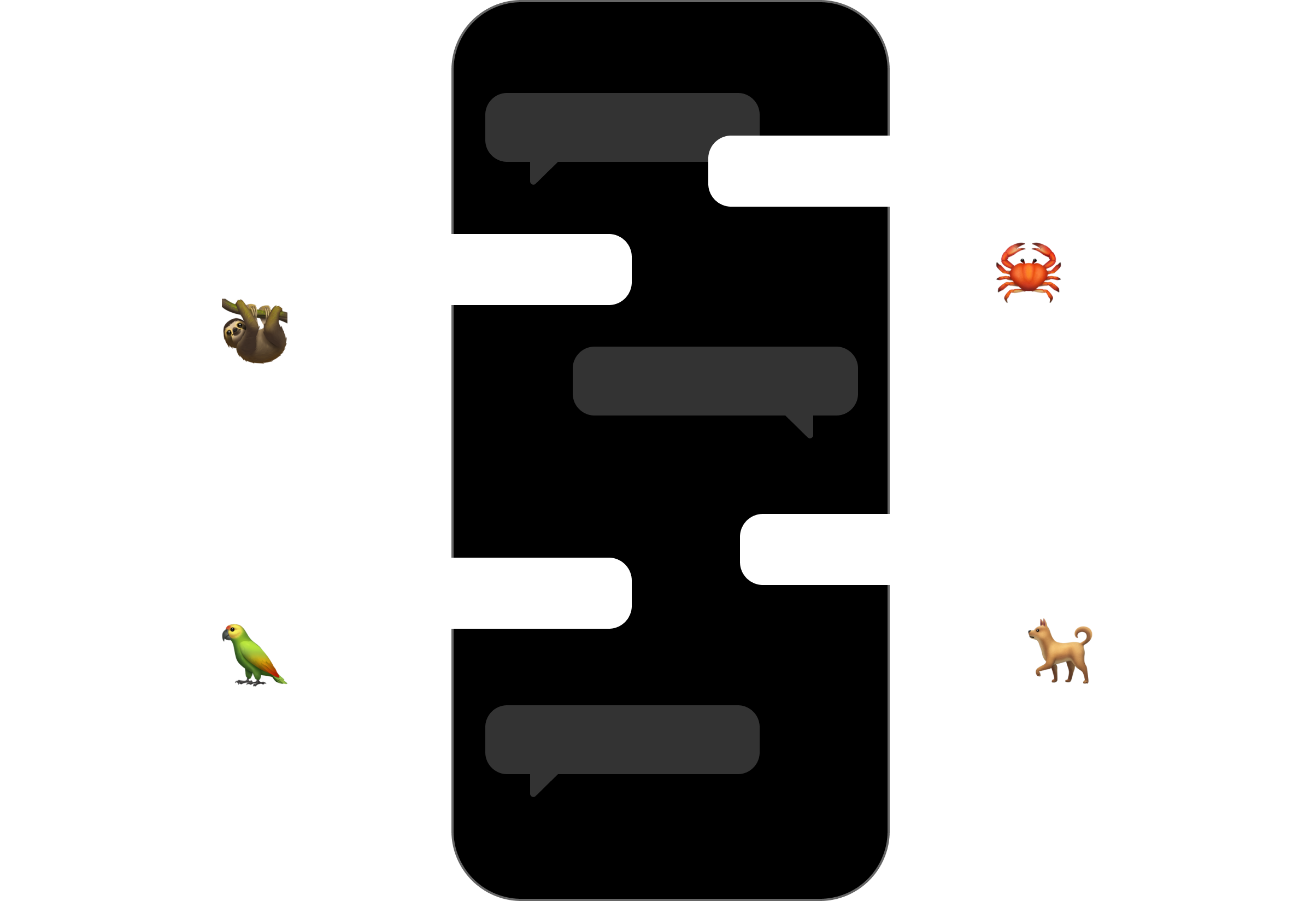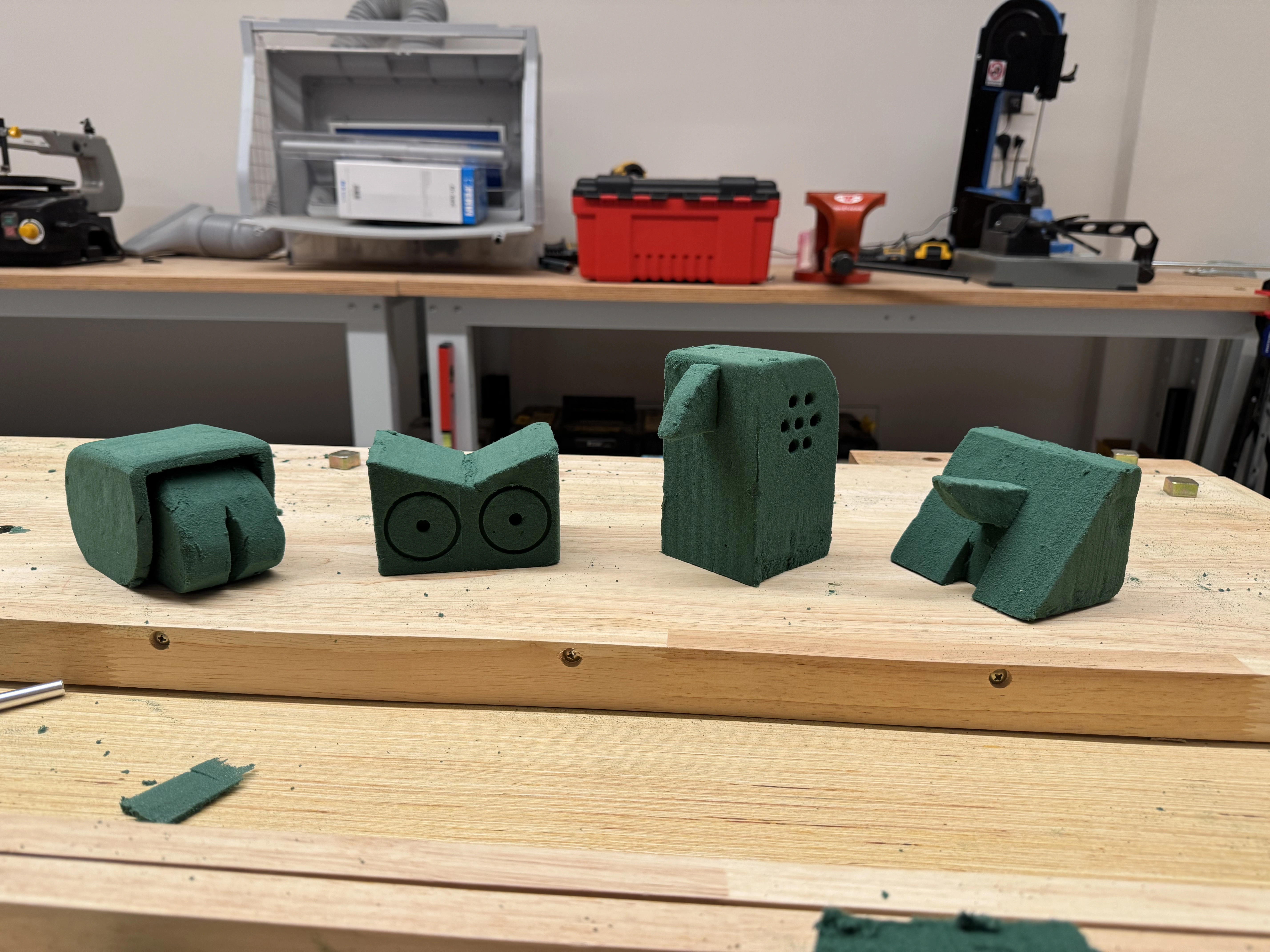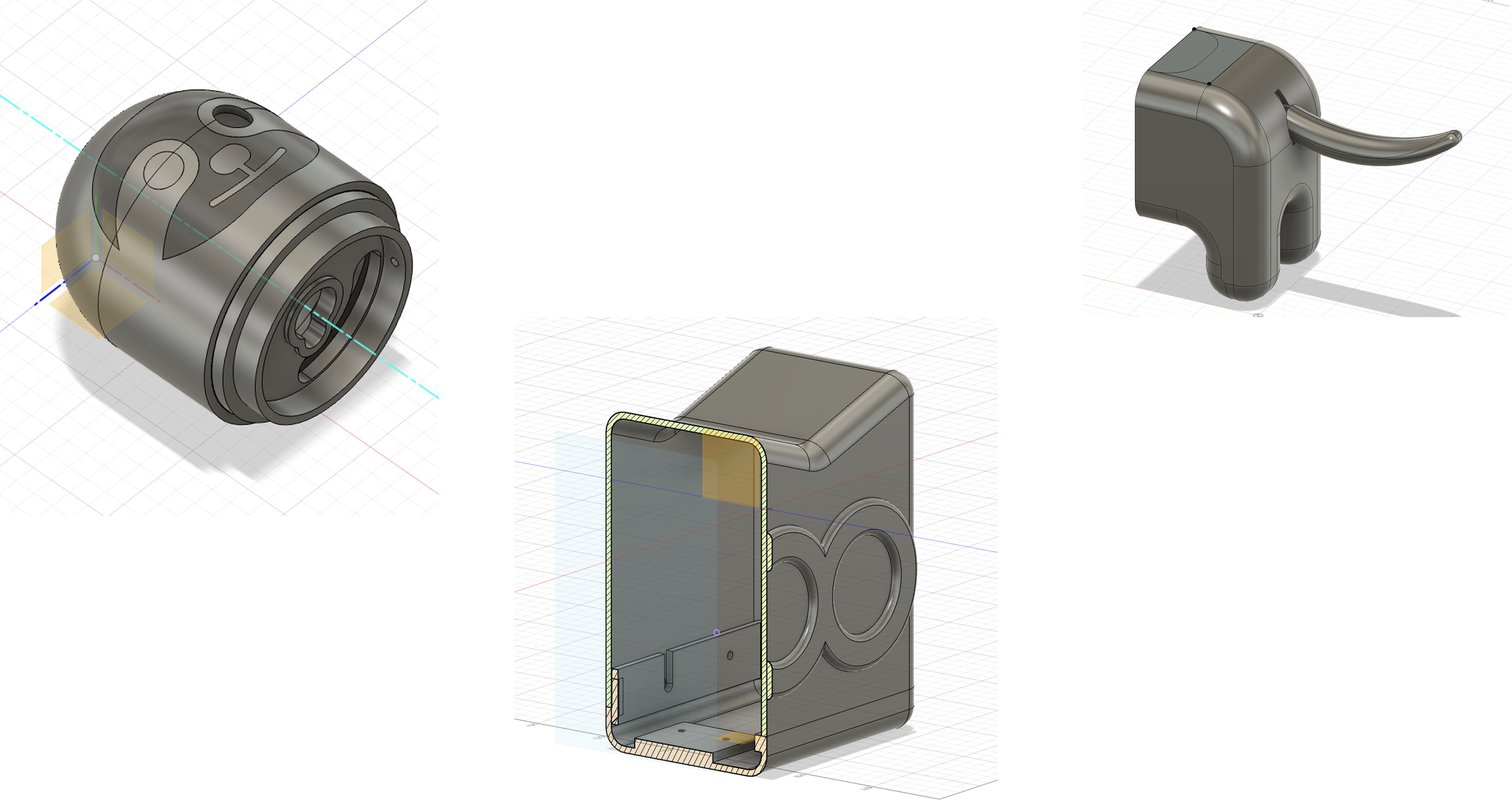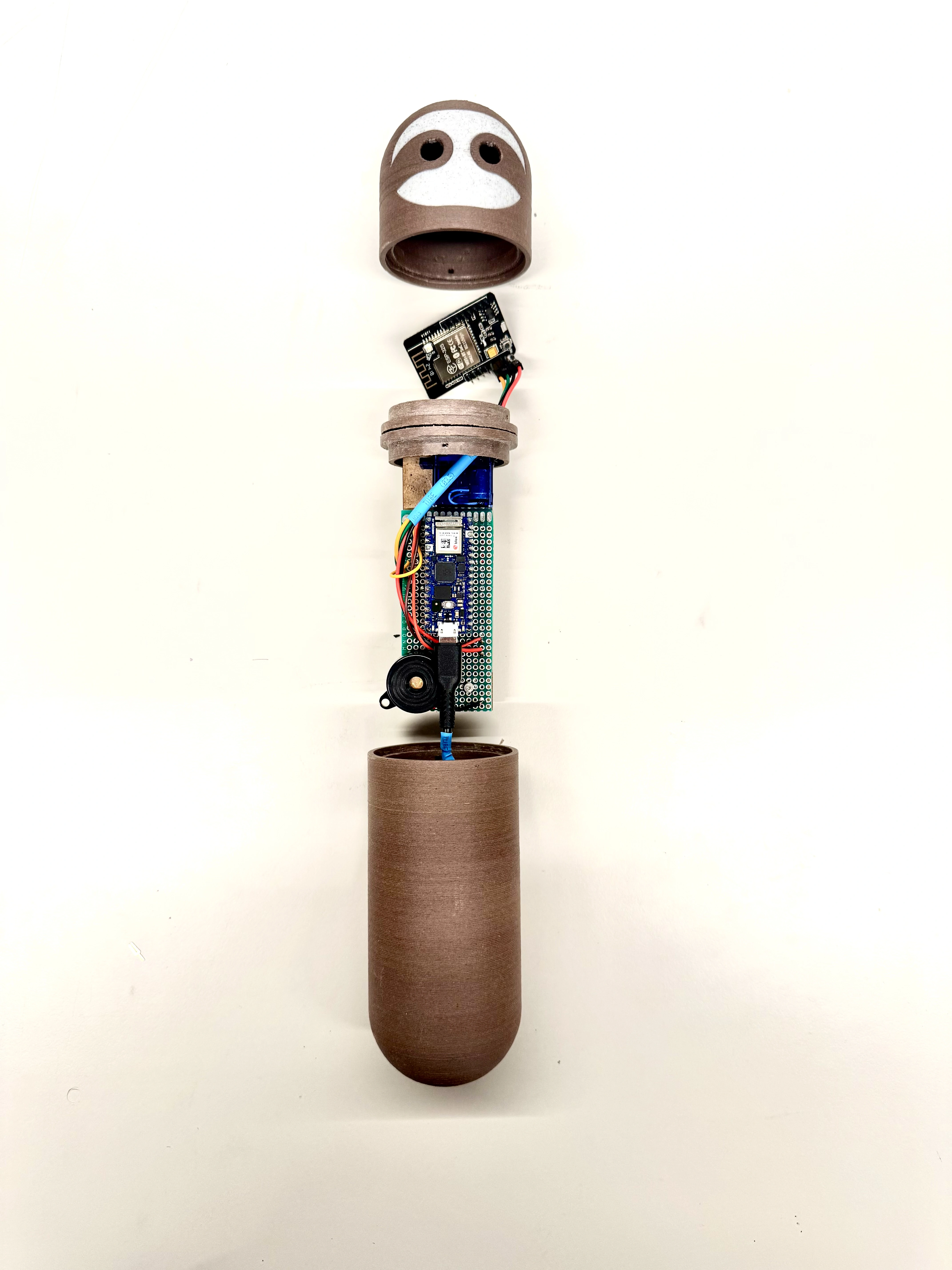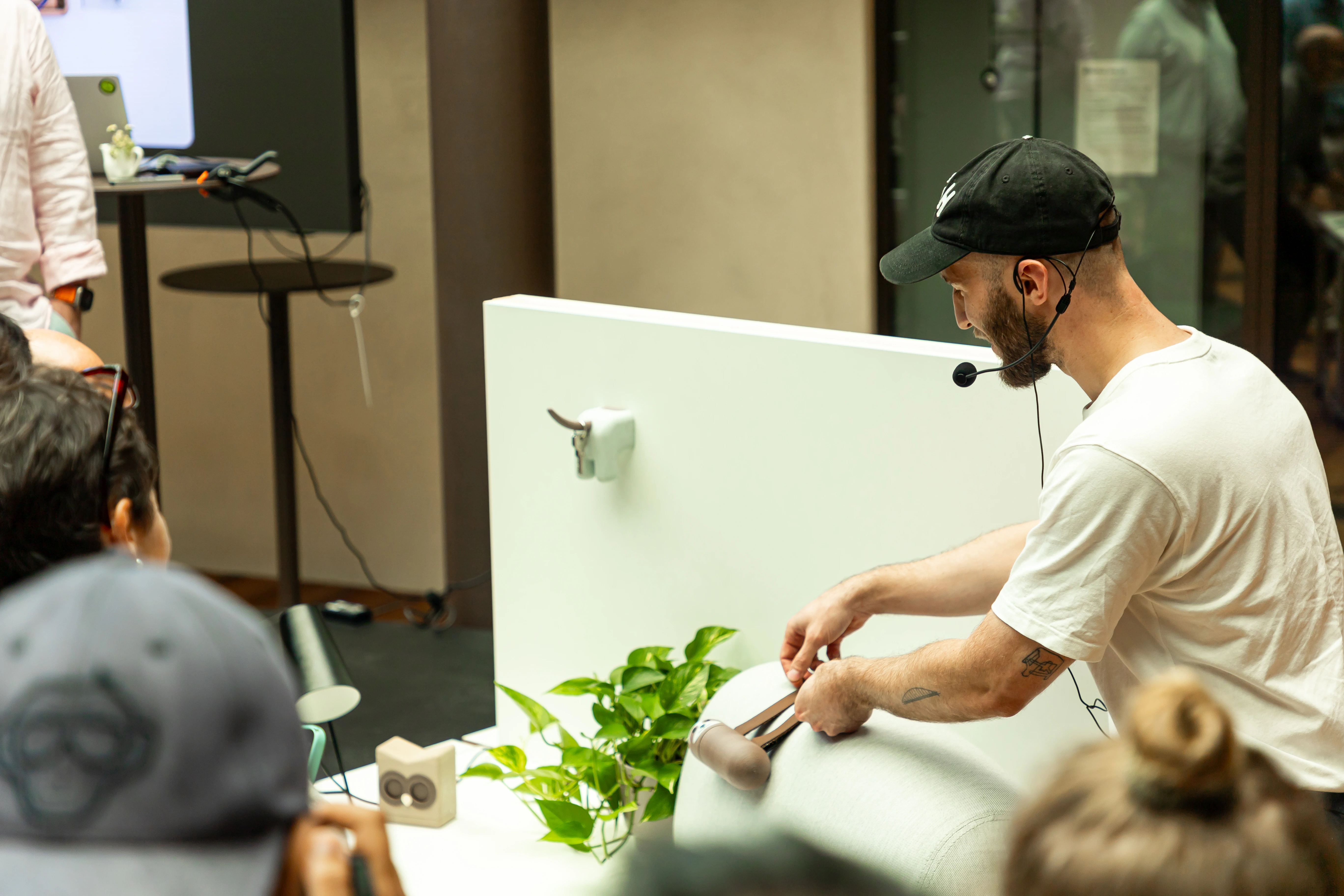Social Creatures
In a time of increasing social isolation, going solo is often the default. While many young adults crave in-person time, it’s always easier to scroll, stream, or order-in. Social anxiety, particularly fear of rejection, can make it harder to reach out. Social Creatures take the first step for you. They live in your home, and observe your routines. When they sense you might be up for company, they reach out in your group chat to spark plans, so you don't have to.
Role
Research, Prototyping, Physical Computing, 3D Modeling
Course
Final Project, CIID
9 weeks, June‒July 2025
9 weeks, June‒July 2025
Awards







